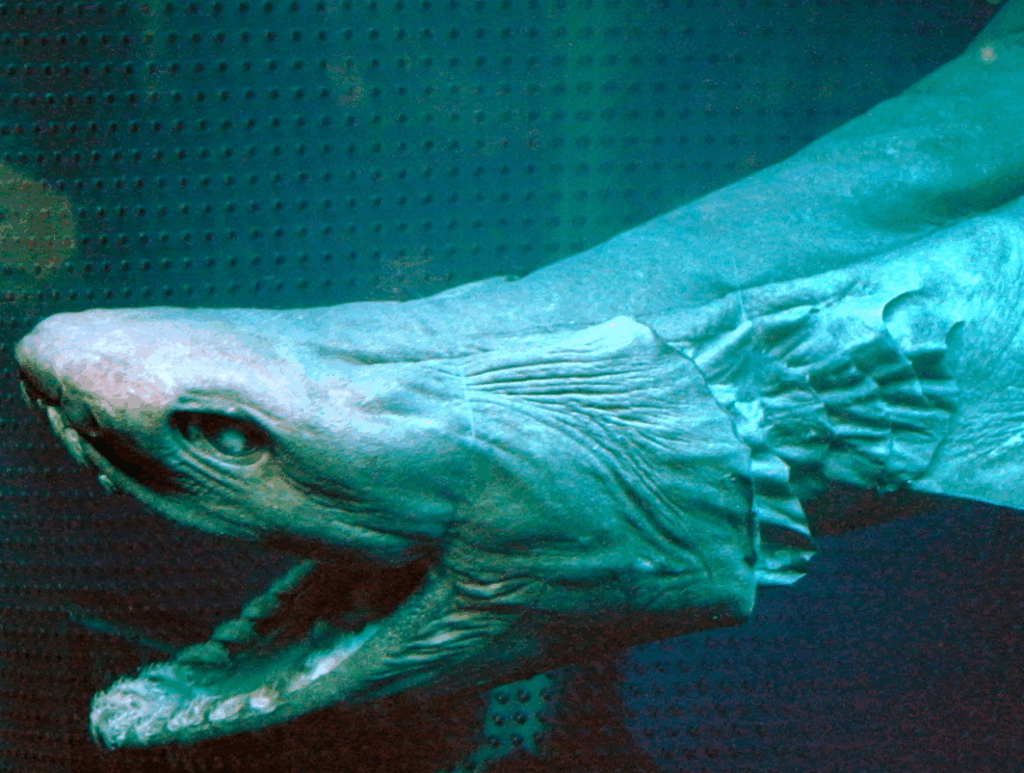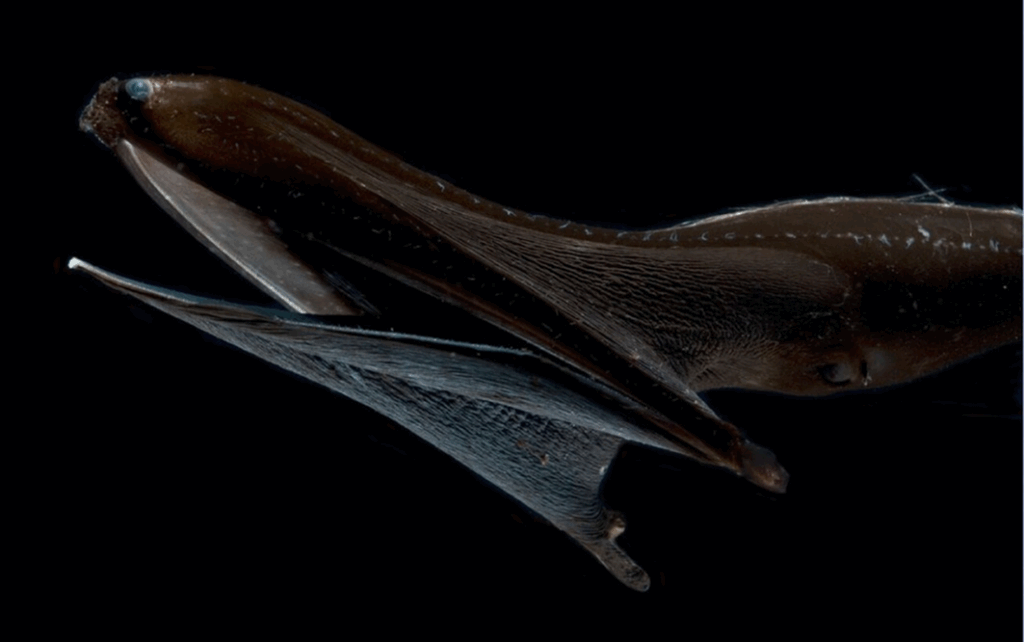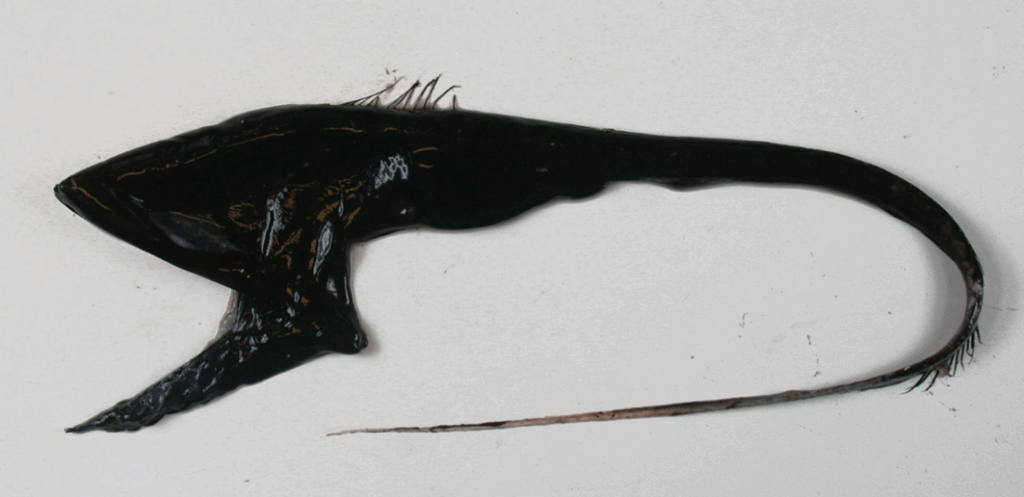No.13: Frilled Shark (Chlamydoselachus anguineus)

With an eel-like body and a gaping, saw-lined mouth, the Frilled Shark looks like something from another era—because it is. Believed to have remained virtually unchanged since the Jurassic period, this primitive shark embodies over 80 million years of evolutionary history. Its name comes from the frilly arrangement of its gill slits, which give it an almost mythical appearance.

Inside its mouth lie 300 needle-like teeth arranged in 25 rows, forming an inescapable trap for any creature unlucky enough to enter. When prey is detected, the shark strikes like a serpent, snapping forward with lightning speed. Once bitten, escape is impossible—the backward-facing spines and triple-pointed teeth ensure the victim is dragged helplessly down the shark’s throat.
Though it can grow over 6 feet (2 meters), sightings of this “living fossil” are rare. A live specimen appearing in Japan’s Suruga Bay in 2007 made global headlines. Distributed across the Atlantic and off South Africa, the Frilled Shark is a haunting reminder of a time when giant reptiles ruled the seas.
No.12: Pelican Eel (Eurypharynx pelecanoides)

Imagine a creature with a body like a ribbon and a mouth like a parachute—that’s the Pelican Eel. Normally slender and whip-like, this deep-sea oddity can suddenly expand its jaw into an enormous pouch, swallowing prey and seawater in one gulp. Its feeding method is brutal yet ingenious: engulf prey, expel the water through its gills, and trap the victim with no escape route.

Measuring about 3 feet (1 meter), this eel’s jaw can open wider than its entire body, allowing it to consume prey much larger than itself. At the tip of its tail glows a bright pink lure, believed to attract unsuspecting victims in the darkness—a deadly beacon in the midnight zone.
Found at depths of 1,600 to 10,000 feet (500–3,000 meters) in both the Atlantic and Pacific Oceans, the Pelican Eel is often called the “Black Gulper” or “Pelican of the Deep,” a name that perfectly captures its nightmarish hunting style.


